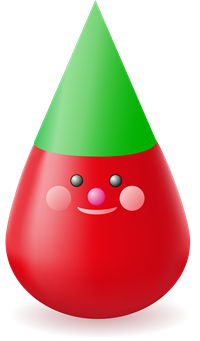UPSKILL MATH PLUS
Learn Mathematics through our AI based learning portal with the support of our Academic Experts!
Learn moreThe surface area of the solid formed by combining two more solids is obtained by calculating the area of the explicitly visible surfaces.
Suppose a solid is in the form of a cone surmounted on a cylinder, then its total surface area is given by the sum of the curved surface area of the cone and the curved surface area of the cylinder.
Note that the base area of the cone and the hemisphere is not considered as they are attached at the base and are not visible.
Let us discuss an example to understand the concept better.
Example:
The toy in the form of a cone surmounted on a hemisphere has a base radius of \(4\) \(cm\). The height of the cylindrical part is \(7\) \(cm\) and the slant height is \(14\) \(cm\). Find the total surface area of the toy.

Solution:
The total surface area of the toy \(=\) Curved surface area of the cone \(+\) Curved surface area of the hemisphere
Total surface area of the toy \(=\) \(\pi r l\) \(+\) \(2 \pi r h\) square units.
\(=\) \(\left[\frac{22}{7} \times 4 \times 14\right]\) \(+\) \(\left[2 \times \frac{22}{7} \times 4 \times 7 \right]\)
\(=\) \(\left[22 \times 4 \times 2\right]\) \(+\) \(\left[2 \times 22 \times 4 \right]\)
\(=\) \(176\) \(+\) \(176\)
\(=\) \(352\) \(cm^2\)
Therefore, the total surface area of the toy is \(352\) \(cm^2\).